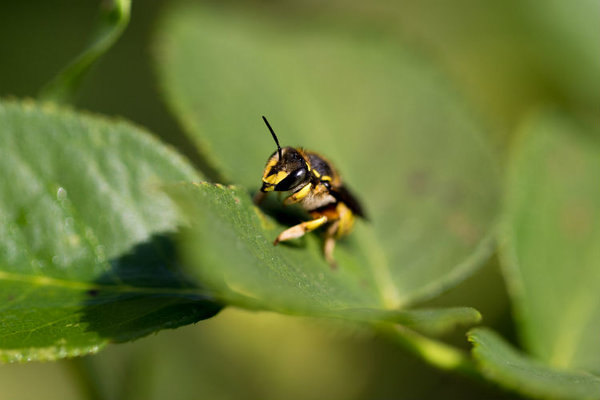Bumblebees are dying all over the world — the United States has even added one species of bee to the endangered species list as of the beginning of 2017. Why are bumblebees dying, and what sort of impact will that have on agriculture? Colony collapse disorder is one of the main things being blamed for the drop in bumble bee populations. This occurs when the worker bees disappear from a bee hive — the queen and immature bees are left behind, but there are no workers left to collect food. Without the food resources provided by worker bees, a hive cannot survive, so the immature bees and the queen eventually die off, causing the whole structure of the hive to collapse. Other than eliminating the pesticides that are killing our bees, how can you help protect the bees that make our produce section possible? Here are three ways.
Continue reading... →The Environmental Working Group just released their 2011 Shopper’s Guide for pesticides in produce. Here are the top three offenders:
#1 Apples. An apple a day keeps the doctor away? Not if 98% of conventional apples have pesticides. Sad but true.
#2 Celery. Don’t crunch this for lunch. Celery tested positive for 57 different pesticides.
#3 Strawberries. Some of these lovely, juicy red berries have as many as 13 pesticides.
To see their whole list and get their guide, go to Environmental Working Group. They are your friend.
Continue reading... →Three decades ago, my adoptive mother and I both became cancer patients. The way we each reacted to our new identities was a study in contrasts, but growing public awareness of cancer’s environmental roots has now brought us, unexpectedly, back together. “The history of cancer is long, but our recognition of the agents that produce it has been slow to mature.”– Rachel Carson, Silent Spring, 1962 When I was diagnosed with bladder cancer in 1979, at the age 20, I drafted a list of goals. The first thing I would do, once I was sprung from the hospital, would be to pay a visit to Claire’s Boutique in the mall. There I would get my ears pierced. Next, I would hit the university library. There I would answer the question, Why me? Neither task was difficult to accomplish, but one had a more predictable outcome than the other. The ear-piercing achieved exactly what I thought it would: it upset my mother. Her reaction – arising from the particular religious practices of her German-American family – allowed me to be angry with her. And anger allowed me to rebuff her attempts to bond with me over what she saw as a shared medical […]
Continue reading... →